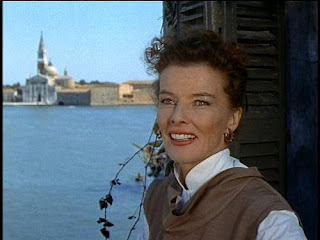Search This Blog
Official website of Annakarinaland , broadcast on KXSF.fm San Francisco Community Radio Focus on Women and Film. Published reviews and scholarly writing of film critic Moira Jean Sullivan
Posts
Showing posts from June 24, 2009
Revisiting Katherine Hepburn in Venice: Summertime
- Get link
- X
- Other Apps
Revisiting Ingrid Bergman in The Visit
- Get link
- X
- Other Apps

